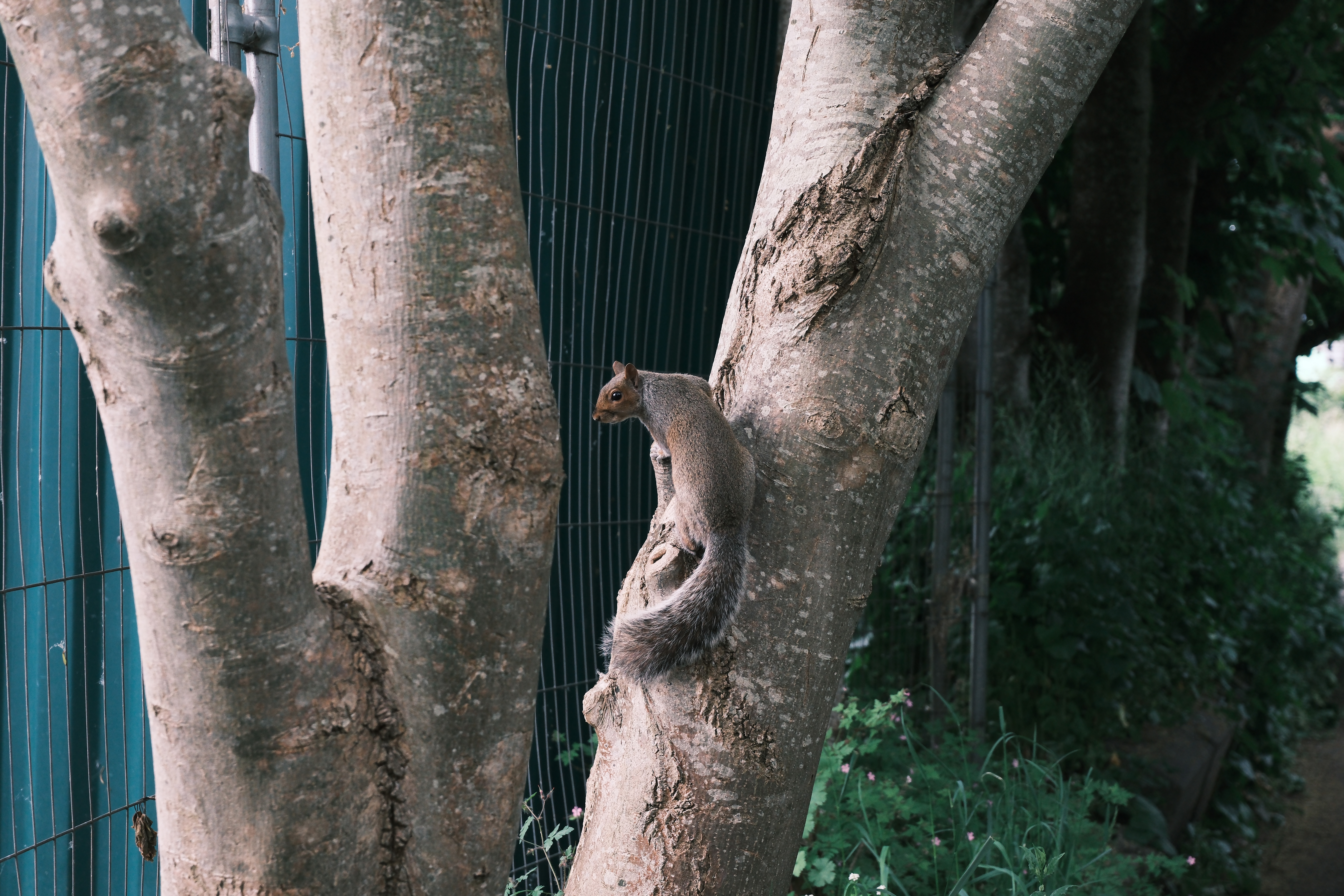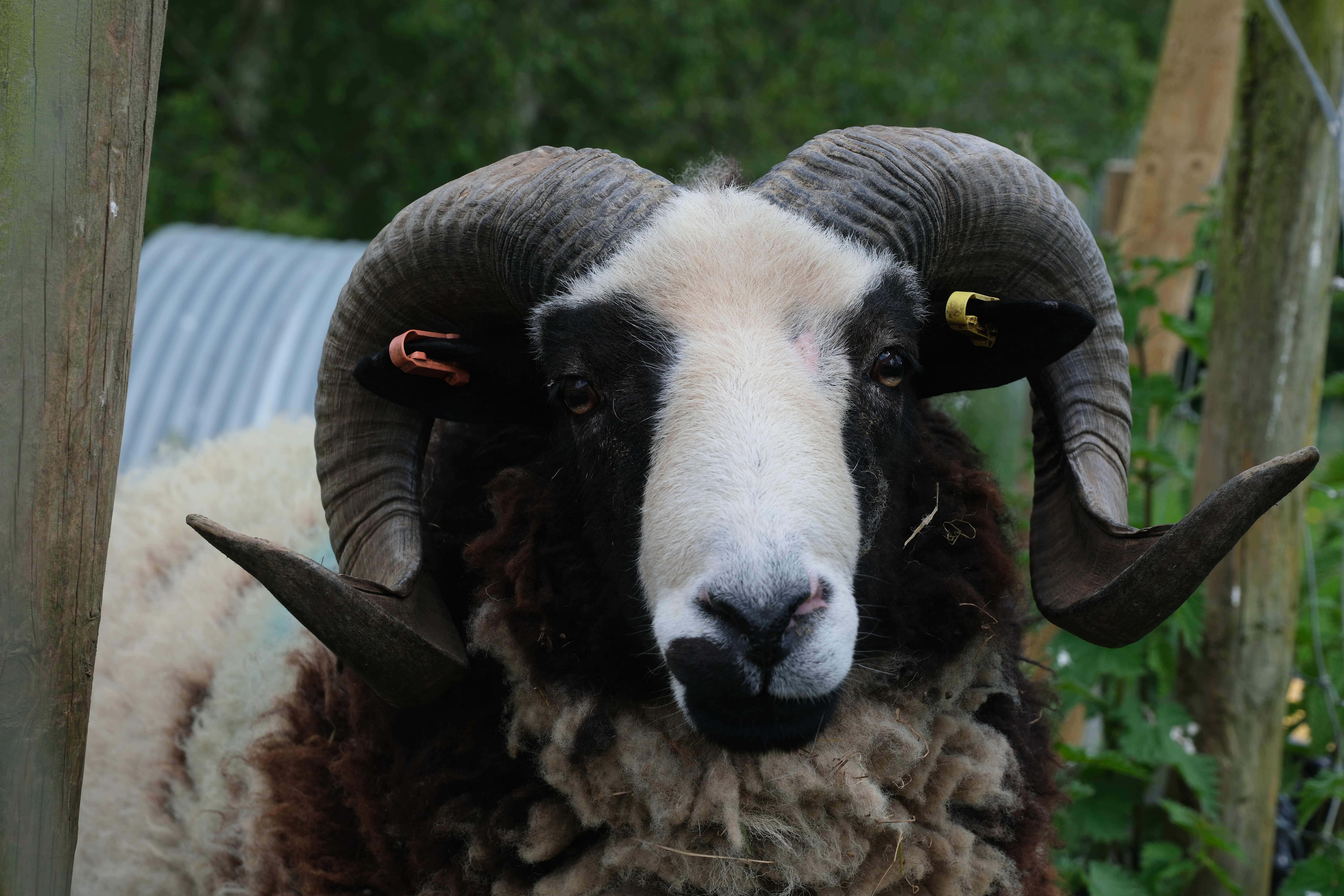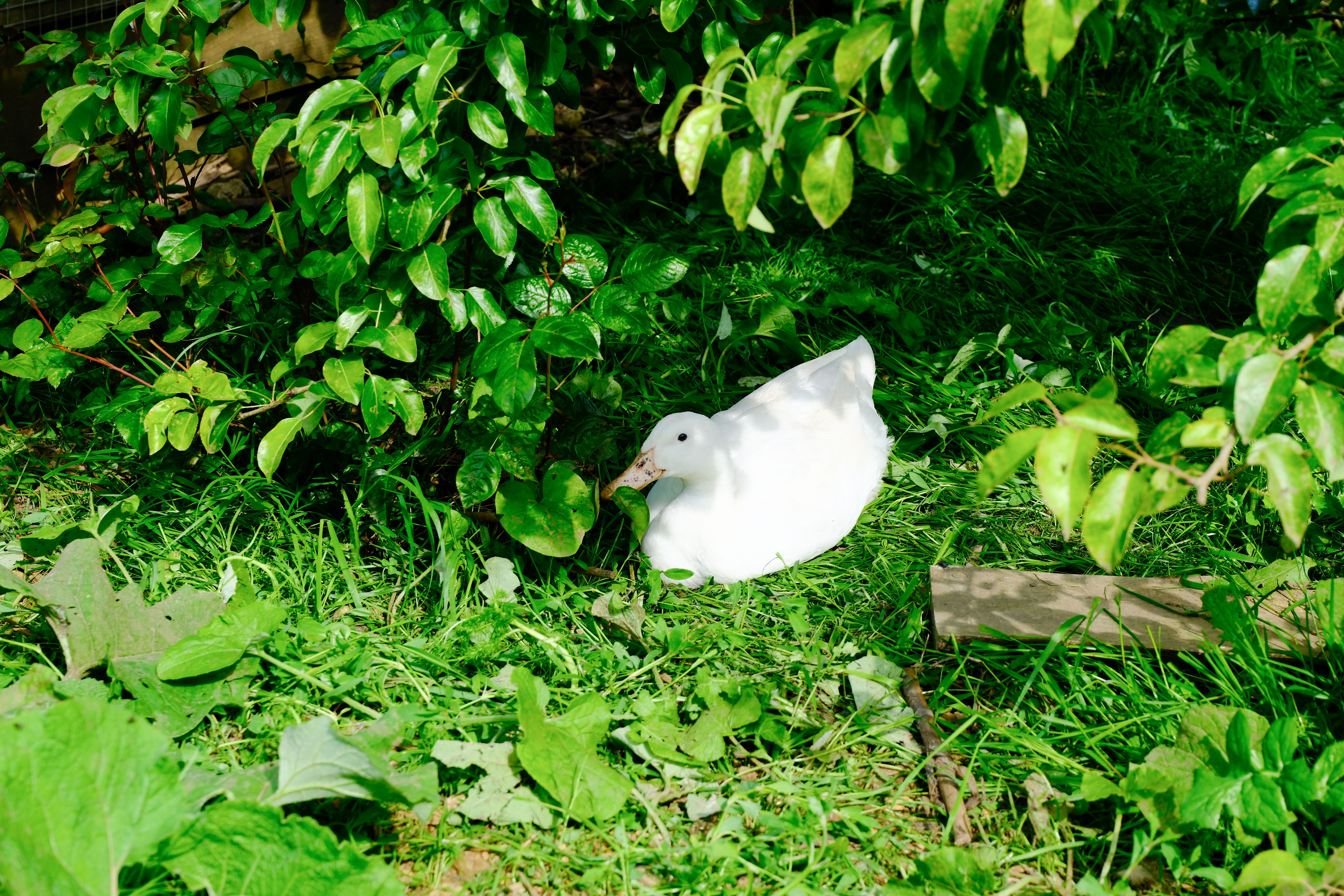The new Fujifilm X-E5 has caused quite an uproar. It’s the latest addition to Fuji’s X-E lineup and it succeeds the X-E4. Featuring a 40MP sensor, X-Trans CMOS 5 processor, a film simulation dial, a flip-up screen and more, it hopes to be the ultimate compact camera for travel and street photography.
While I’m not fully convinced by the camera yet and much prefer the Fujifilm X-T50, that could change and who knows, I may want an X-E5 someday. And if that day does come, I ask myself, “Which lenses would I buy for it?” Like I said, it’s a street camera so the lenses would need to be not too bulky.
I like the look of the new XF 23mm F2.8 R WR pancake lens but I’d like a couple other lenses alongside it. Glass is, of course, very expensive so if I was buying the X-E5, I’d be picky and get these five lenses first.
For everything: Fujinon XF 16-50mm F2.8-4.8 R LM WR
The best way I’d describe the Fujinon XF 16-50mm F2.8-4.8 R LM WR is by saying it’s a do-anything lens. It originally launched as the Fujifilm X-T50’s kit lens and it pairs extremely well with the camera. Considering the Fujifilm X-E5 has the same 40.2MP sensor as the X-T50, I’m certain it would do wonders when paired with Fuji’s latest camera.
It’s a general purpose zoom lens suitable for landscapes, architecture, street, travel, thanks to its 16-50mm variable focal length. It’s weather-sealed so it can be used in nearly any environment, it’s built extremely well and it looks premium.
The f/2.8 aperture also means that the lens performs fairly well in dimly lit environments and can generate a pleasantly out of focus background.
The lens is quick to focus and the photos it takes are extremely sharp. The one thing missing from it is Optical Image Stabilization (OIS) but most of Fuji’s latest cameras come equipped with in-body image stabilization (IBIS) these days, including the X-E5, so you won’t miss it as much.
Above is a sample gallery of the photos I took on the X-T50 with the XF 16-50mm lens. These are also some of my favorite photos I’ve ever taken, and if the lens is paired with the X-E5, I’m sure I’d taken even more that I’d deem my favorites too.
The Fujinon XF 16-50mm F2.8-4.8 R LM WR lens is available for $699 / £599 at Amazon.
For street: Fujinon XF 35mm F2 R WR
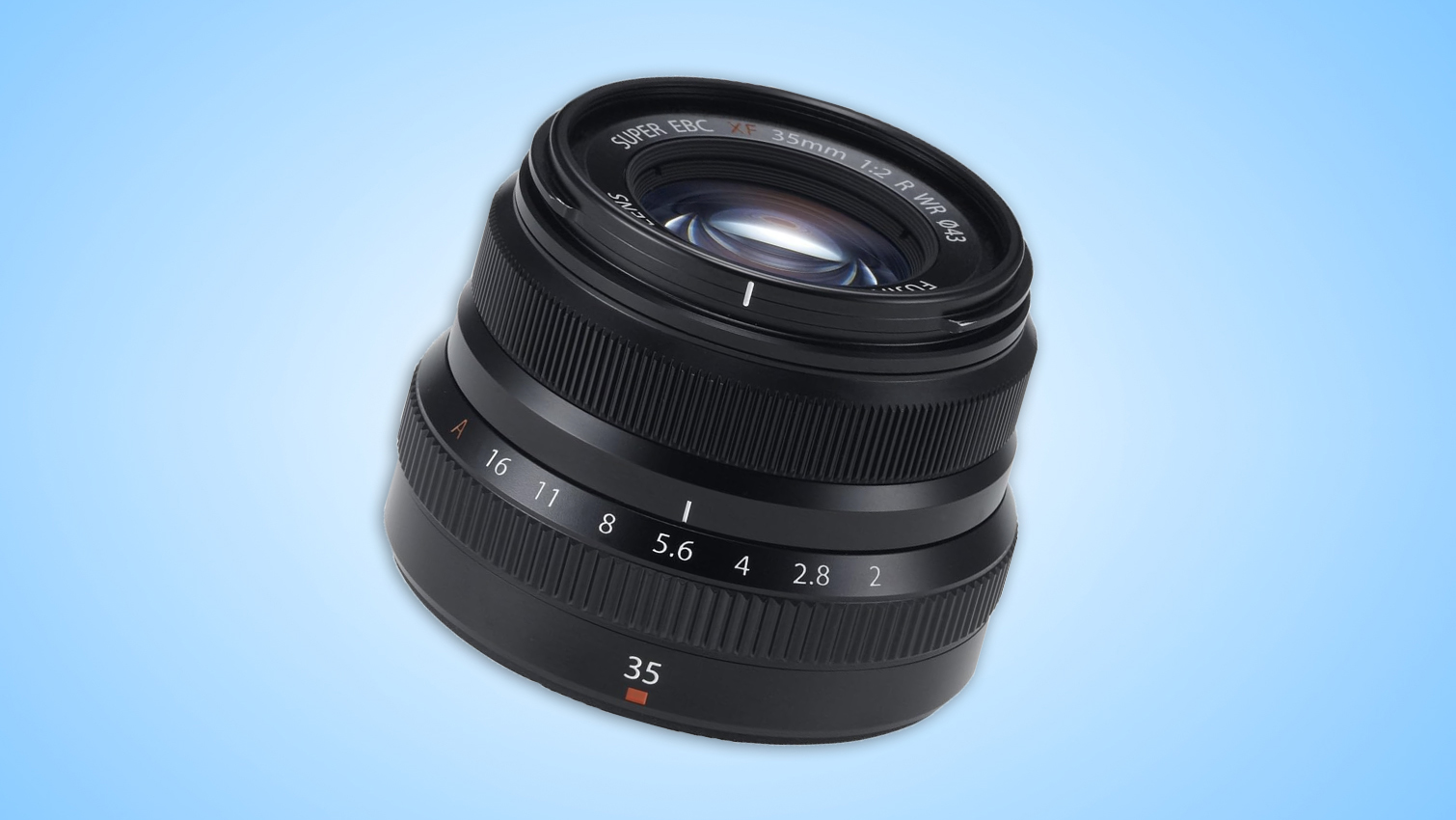
Fujifilm’s new XF 23mm pancake lens is designed for street photography, yes, but if I had to pick another, I’d choose the XF 35mm F2 R WR to pair with the Fujifilm X-E5. 35mm is the ideal focal length for street photography on APS-C cameras, equating to a field of view equivalent to 52mm on a full frame camera — this is called a ‘standard’ field of view, and makes for a great all-purpose prime lens, not just street.
Tom’s Guide’s senior cameras and reviews editor, Pete Wolinski, recommends this as the first prime lens any Fuji shooter should buy:
“Sharp, small, lightweight, with a fairly wide f/2 maximum aperture, this 35mm should be top on every new Fuji shooter’s buy list. It’s a brilliant general purpose lens, which I use for everything, from street to architecture and even product photography. Make sure you get one of those crushed can lens hoods for it, too — for the classic Fuji look.”
Even at its widest f/2 aperture, the XF 35mm lens makes photos appear super sharp, and autofocus is quiet and fast, so I’ll be able to quickly focus on passersby when I’m out and about. Fuji claims that the lens boasts the fastest autofocus of 0.08 sec, and boy would I love to try that out.
What’s more, the XF 35mm lens’ compact size sells it to me. Also, being weather-sealed, this is the one for street photography.
The Fujinon XF 35mm F2 R WR is available for $399 / £335 at Amazon.
For landscapes: Fujinon XF 14mm F2.8 R
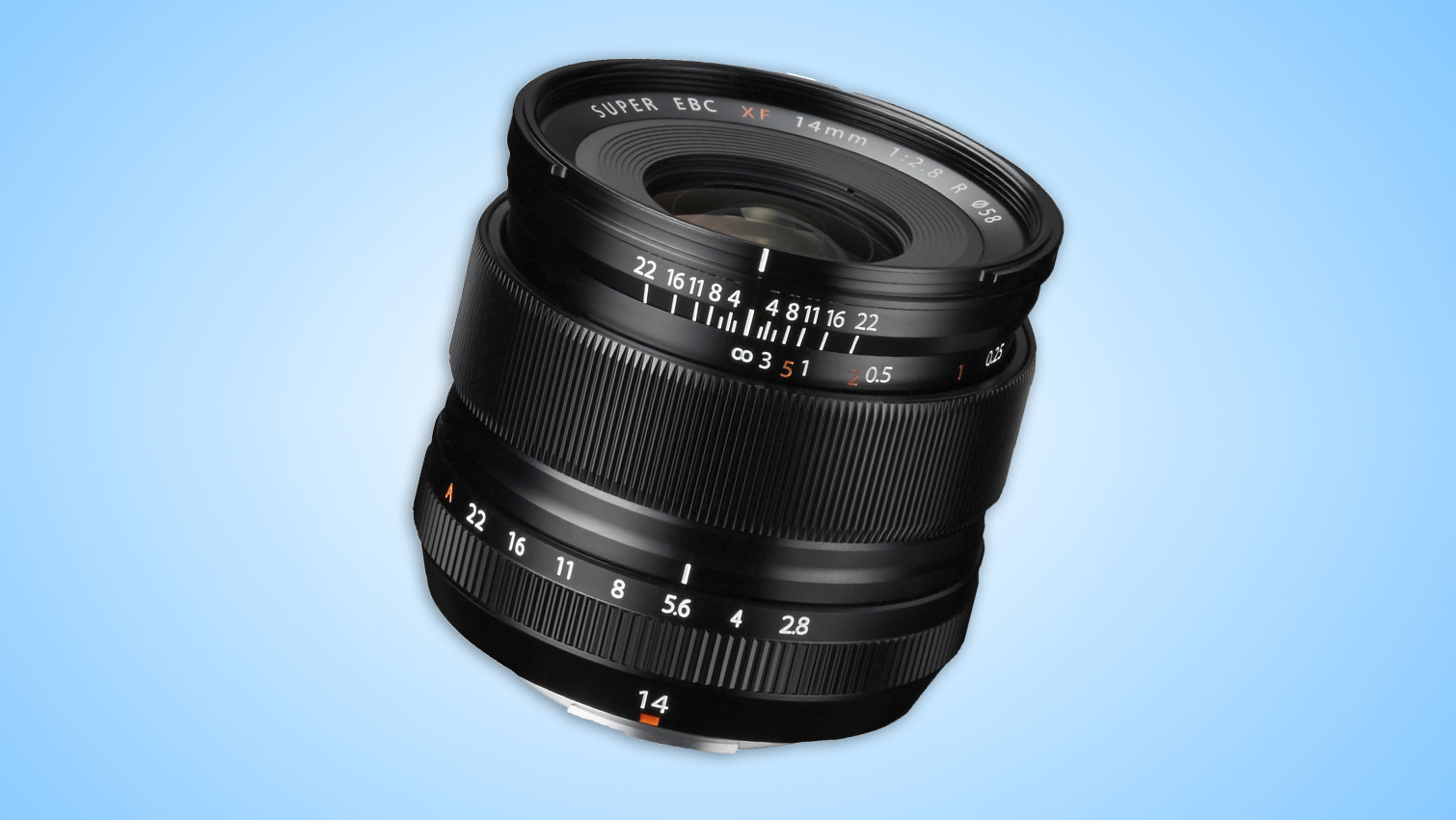
Next, I’d want a wide-angle lens to shoot landscapes. I frequently travel to the Peak District National Park up north in the U.K. and am often going on long walks with stunning vistas at the end. I’d like an ultra-wide-angle lens to photograph them, and I can’t think of one better than the Fujifilm Fujinon XF 14mm F2.8 R.
The lens, with its 14mm focal length, would enable me to fit a lot into the frame. It can also focus down to as close as 0.18m, so I’d be able to get really close to subjects while retaining a lot of the frame behind them.
I asked the Tom’s Guide senior editor, Pete Wolinski, about this lens, as he owned it for architecture photography. Here’s what he had to say:
“This lens is kinda unbelievable. It’s a wide angle lens, but absolutely dead straight, with very little barrel distortion. For stills shooters snapping architecture, landscapes or sweeping vistas, this is the best Fuji wide angle prime, in my opinion. It’s old now, though, meaning it’s slow focusing compared to Fuji’s newer lenses, and it’s a noisy one, so not great for video. For stills, though, that’s no so important. This is a really lovable lens.”
I also like that the XF 14mm lens is compact and lightweight, so it wouldn’t add too much bulk to the also-compact X-E5. And from what I’ve seen, it looks super easy to use, thanks to focusing distances and a depth-of-field scale etched on to the lens barrel. The latter should come in handy to pre-focus at a certain distance when capturing, say, street images.
The Fujinon XF 14mm F2.8 R is available for $899 / £349 at Amazon.
For video: Fujinon XF 16-80mmF4 R OIS WR
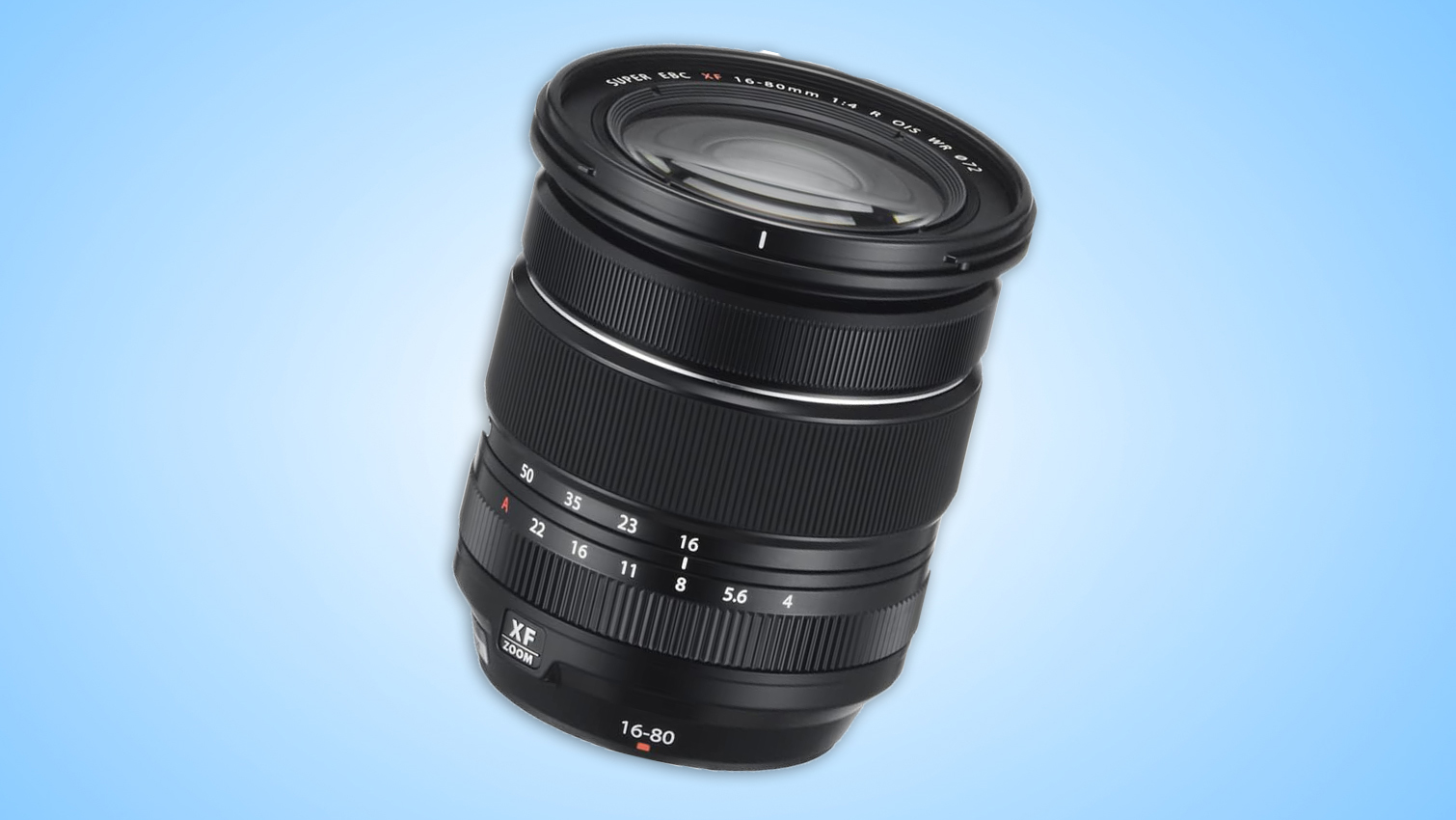
The Fujifilm X-E5 is equipped with vlogging and video capabilities as it can record 6.2K/30p video. I’m not usually a vlogger or videographer but if I can afford it, I may as well get a lens for some video work, right? How about the XF 16-80mm F4 R OIS WR? That’s my choice, for now at least.
Here’s what our camera’s editor Pete Wolinski had to say about this lens:
“Ah, the Fujinon 16-80mm. Quite a divisive lens, and not one that I’ve owned personally, although this lens is often sent to us for testing Fuji cameras, so I’ve used it a lot. Now, the XF16-55mm f/2.8 lens is the better lens for video, given its wider constant f/2.8 maximum aperture and sharper optics. However, that lens costs a lot more. The 16-80mm F4 is still a decent lens for video, especially as a first video lens, with a wide focal range equating to 120mm full frame equivalent at the top end.
The lens is relatively sharp and it features OIS, another boon for video, as combined with the X-E5’s IBIS, you’ll have lots of stabilization to keep handheld video stable.”
It’s quite chunky, so may be a bit cumbersome when mounted on the X-E5, and I wouldn’t think of going for a bigger lens than this. To me, it sounds like a great lens for video because of the constant f/4 aperture as it would let me maintain a consistent depth of field throughout the zoom range, allowing for more predictable and cinematic results. The lens is also equipped with OIS and autofocus is fast and silent.
The Fujinon XF 16-80mm F4 R OIS WR is available for $799 / £539 at Amazon.
For portraits: Fujinon XF 50mm F1.0 R WR
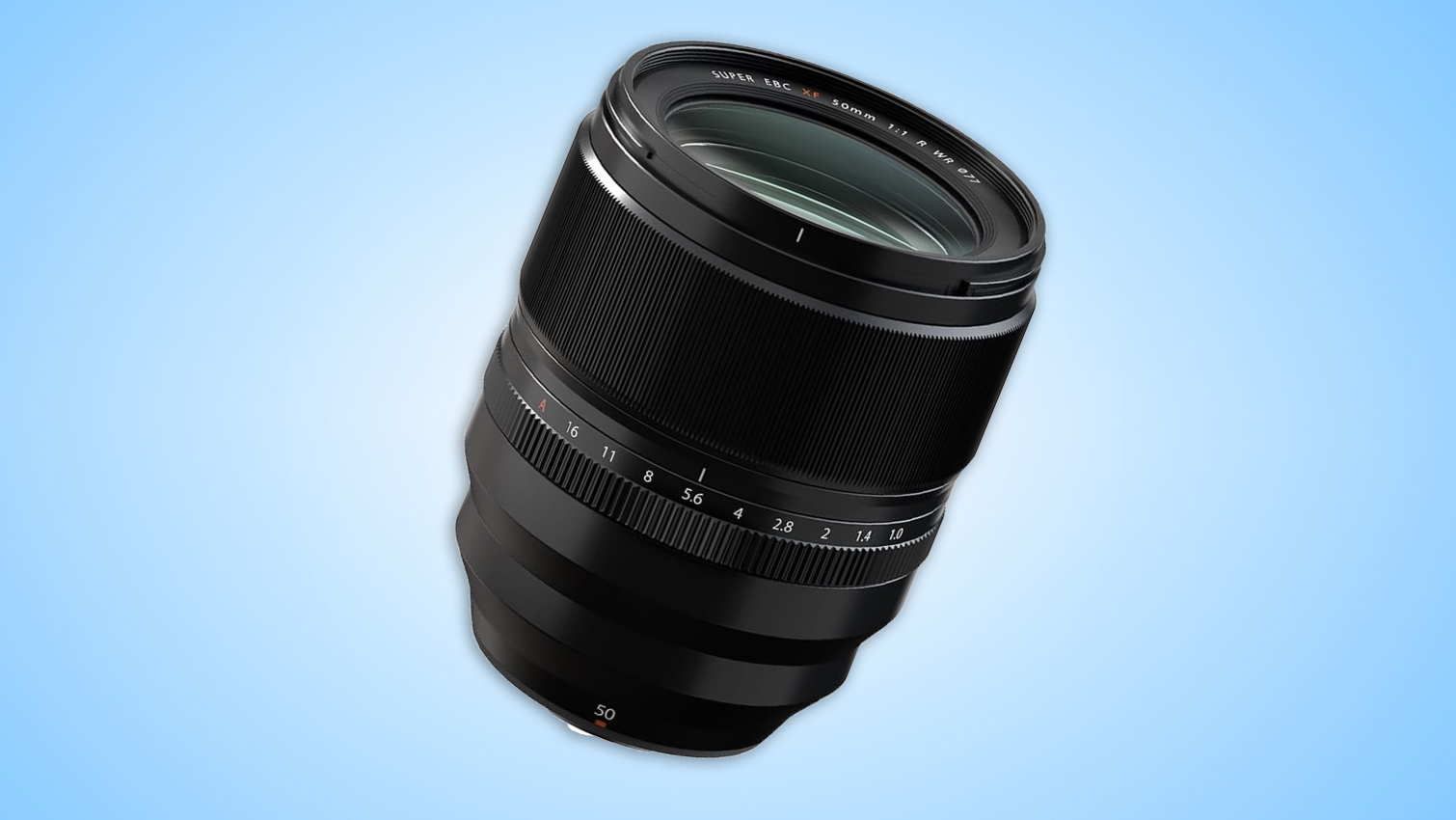
I’m a sucker for a good portraiture lens. Every time I test a camera, I love taking photos of the people I love, which means I’m always bothering my partner (and she happily complies). This is why I’d get the Fujinon XF 50mm F1.0 R WR for portraits. The reason lies in its f/1.0 aperture, which is the widest available on any Fuji XF lens.
The wide aperture would allow me to create an extremely shallow depth of field, which would make the subject pop while creating a beautifully blurred background bokeh. While the edges of the frame may be slightly softer, I’d like my primary subject in the centre to be sharp, and that’s what this lens would do. The lens is also weather-resistant, perfect for outdoor portraits.
The Fujinon XF 50mm F1.0 R WR is available for $1,499 at Amazon U.S. / £1,499 at Fujifilm U.K.



